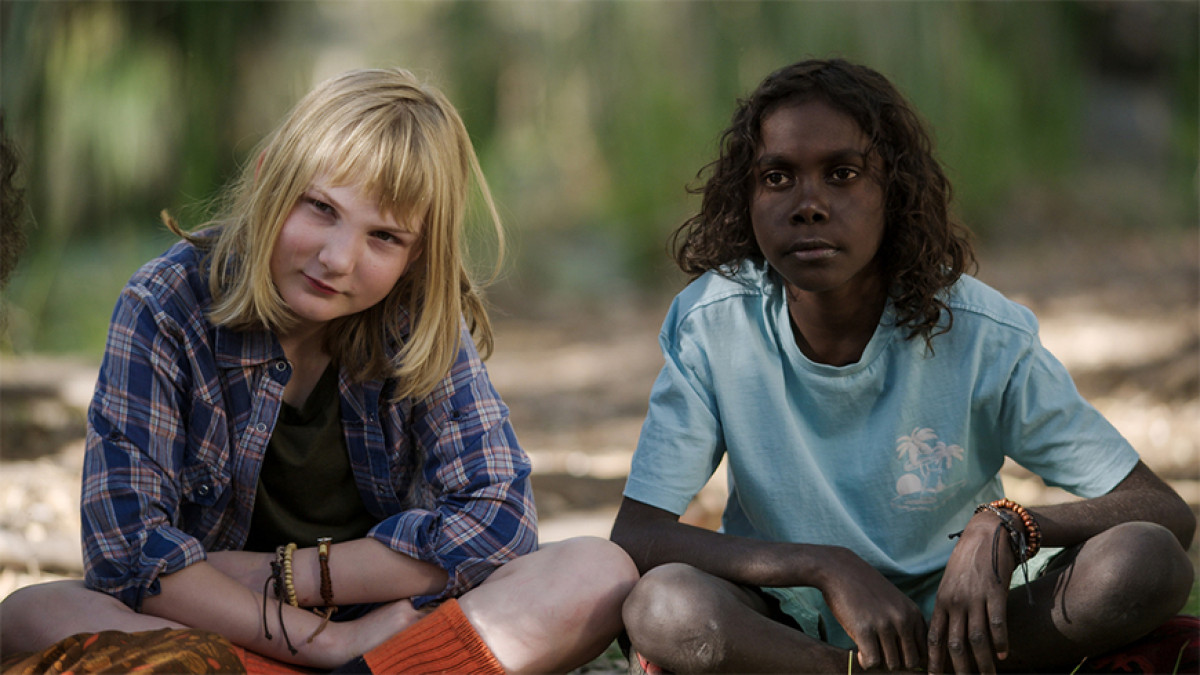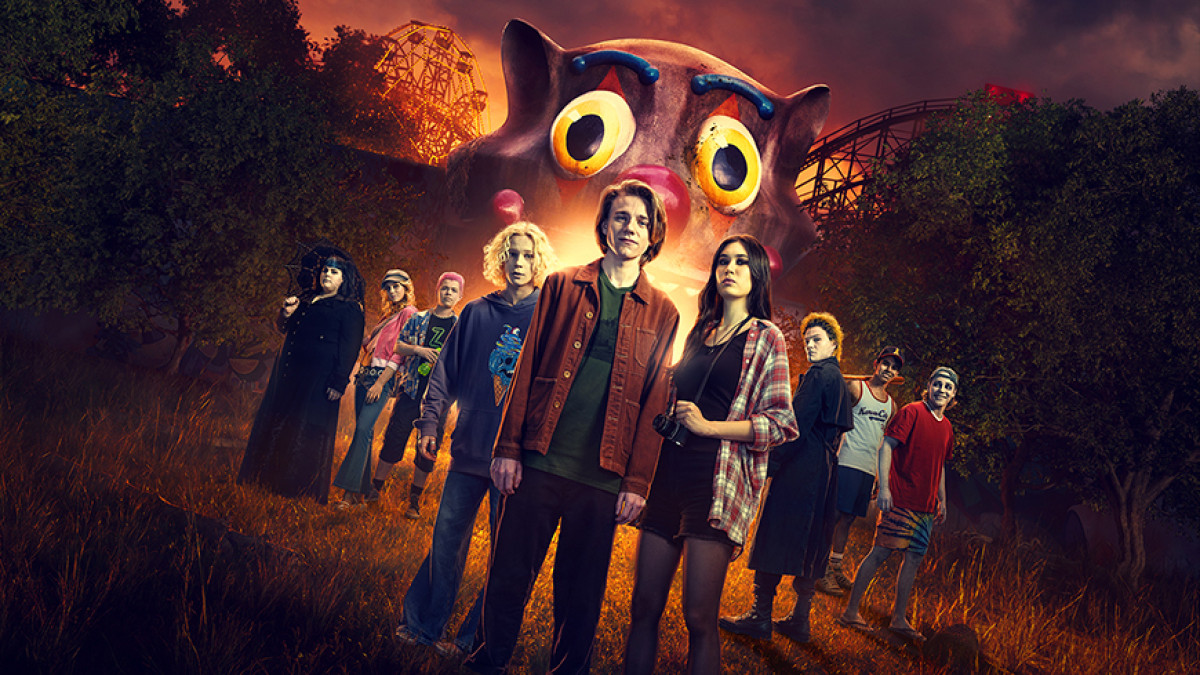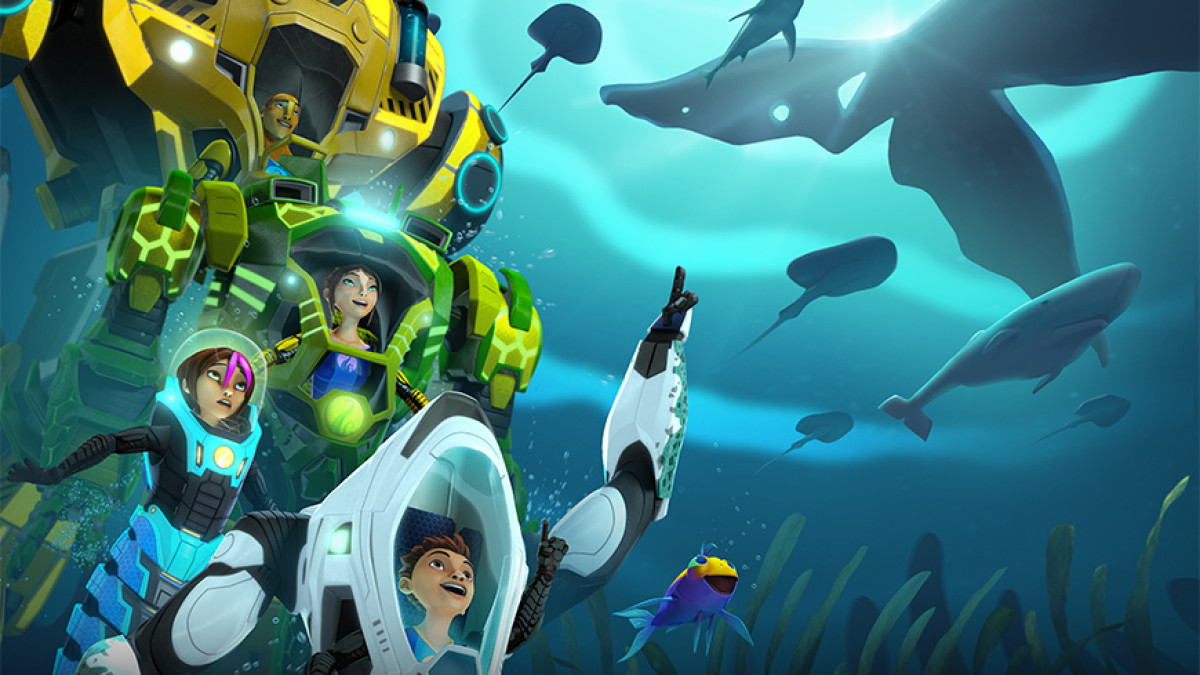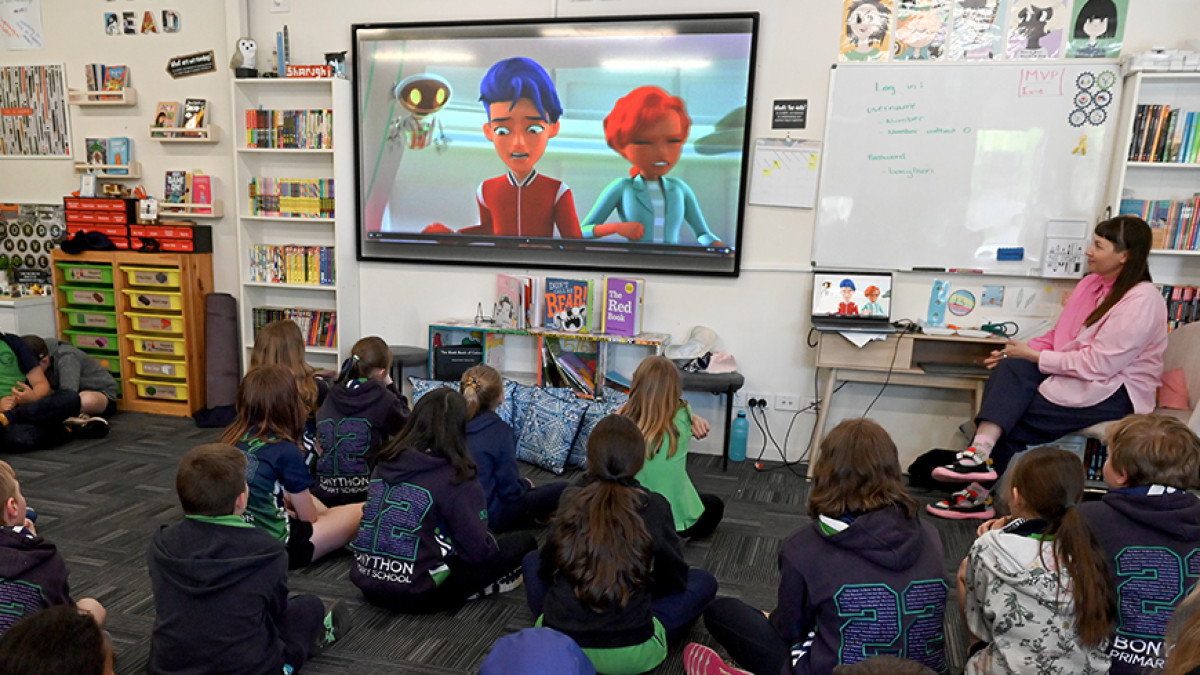ACTF News
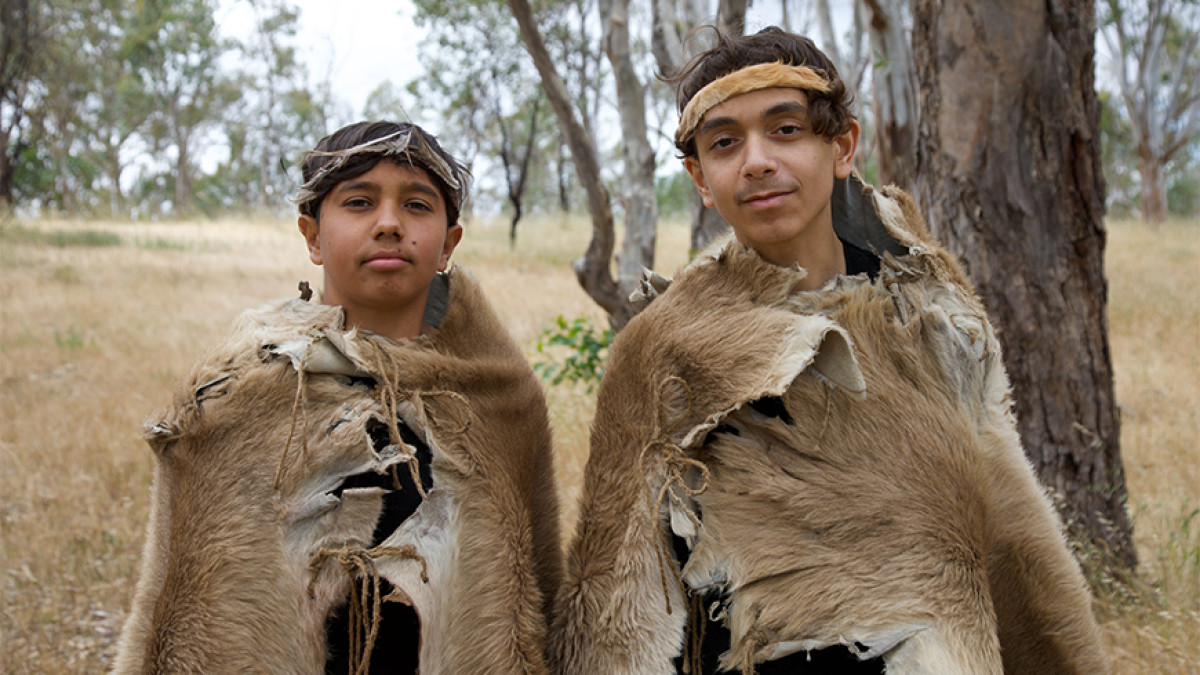
South Australian primary teachers, join the ACTF either in-person (at the Adelaide Festival Centre) or online to learn about representations of our world on screen.
In-person workshops during the DreamBIG festival in May will focus on storyboarding and narrative structure. Virtual workshops taking place in the classroom during March will support the creation of students’ own artwork, with a selection of works to be exhibited on the Adelaide Festival Centre’s media screens.
Registrations can be made through the DreamBIG Children’s Festival website.
South Australian secondary teachers, your aspiring writers may be interested in joining our scriptwriting workshops at the WRITE NOW Festival. This new one-day event gives young people the chance to discover the different pathways for a working writer. Find full details here.
Further details for the DreamBIG workshops:
Our World on Screen – Virtual workshop series
Year levels: R-6
Dates: 1 March, 29 March
Duration: 2 x 45 minutes
Why and how do we share screen stories about our world? What story would you like to share – and how will you tell it?
Over two virtual workshops, the ACTF Learning team will guide students in exploring and responding to screen stories, then support the creation and presentation of students’ own artwork about our world. Teachers will receive additional resources to scaffold students’ artmaking in the classroom between workshops. Students will present their artworks to peers in the second workshop, and a selection of produced artworks will be also exhibited on the Adelaide Festival Centre media screens.
Our World on Screen – In-person workshops
Year levels: R-2
Dates: 18 May, 19 May
Duration: 45 minutes
What is a storyboard? Why are they important? How can we use them in our own storytelling?
Drawing on a range of Australian children’s television programs, students will explore why and how we share stories about our world. The ACTF Learning team will introduce storyboards as a helpful planning tool for the stories we see on screen, including students’ own artworks. Students will discuss narrative structure, then create and sequence a series of images to plan to their own artwork. Teachers will receive additional resources to scaffold students’ artmaking when they return to the classroom.
